Discover the inspiring journey of Geovani, a teacher from the Desana ethnic group, who transforms lives in the Balaio Indigenous Land. In the heart of the fascinating Pico da Neblina and Six Lakes region, Geovani is a guardian of culture and education, working daily to preserve the ancestral traditions of his people. His mission is a powerful demonstration of connection to life in the rich Amazonian landscape.
Author: Ivi Pauli
Leia em Português
The Balaio Indigenous Land
Located in the state of Amazonas, in the municipality of São Gabriel da Cachoeira, the Balaio Indigenous Land is a true oasis of biodiversity and culture. Near the imposing Pico da Neblina, Brazil’s highest point at 2,995 meters above sea level, the territory extends across the Serra do Imeri, often shrouded in a dense mist that imparts a mystical and serene atmosphere to the area. Nearby is the stunning region of Six Lakes, where crystal-clear waters shine like jewels amid the lush vegetation. Besides enchanting visitors with its unmatched beauty, the region holds deep stories and ancestral knowledge that enrich the culture and spirituality of the local indigenous communities, such as the Desana and Tukano peoples.
“These lakes are not just tourist attractions; they also carry deep stories about the origin and knowledge of my people.”
Geovani Desana
Geovani Desana: Educator and Guardian of Culture in the Amazon
In this text, we will meet Geovani Arão Maranhão Veloso, one of the ten scholarship recipients of the Meli Pollinators program. He is an indigenous teacher and the internal coordinator of the food security and agroforestry project in the Balaio Indigenous Land, located 100 km from São Gabriel da Cachoeira, in the heart of the Amazon. While educating the youth of his people, Geovani passionately preserves culture and sustainability in his community, demonstrating how ancestral knowledge and innovation come together to strengthen life in the forest.
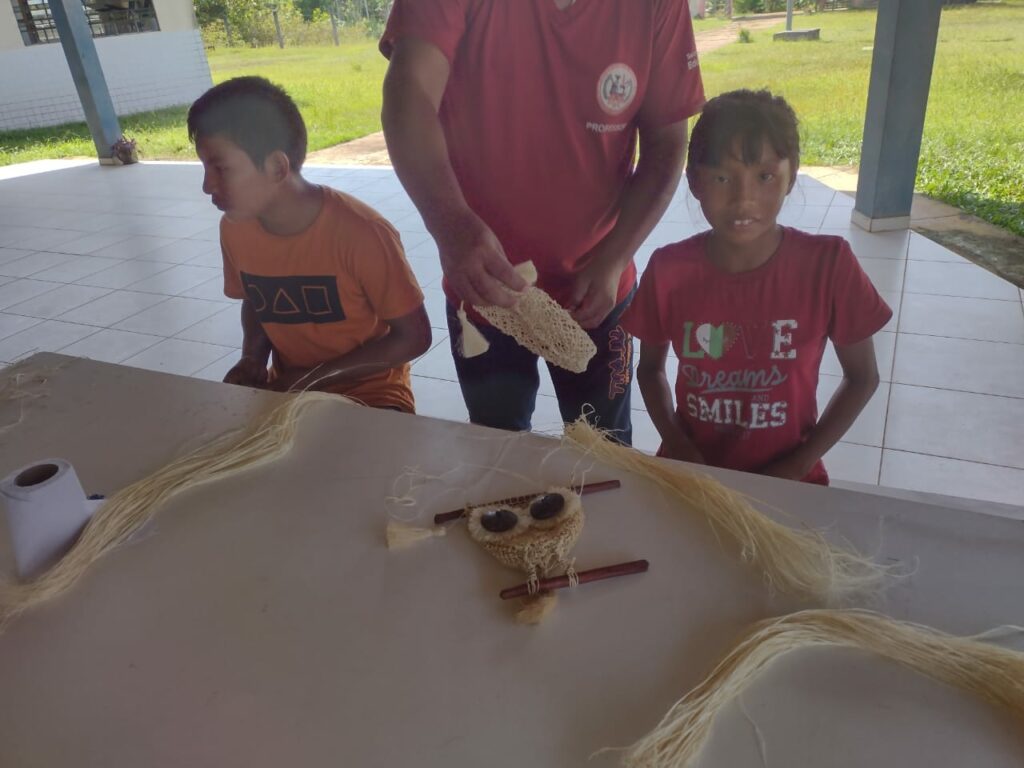
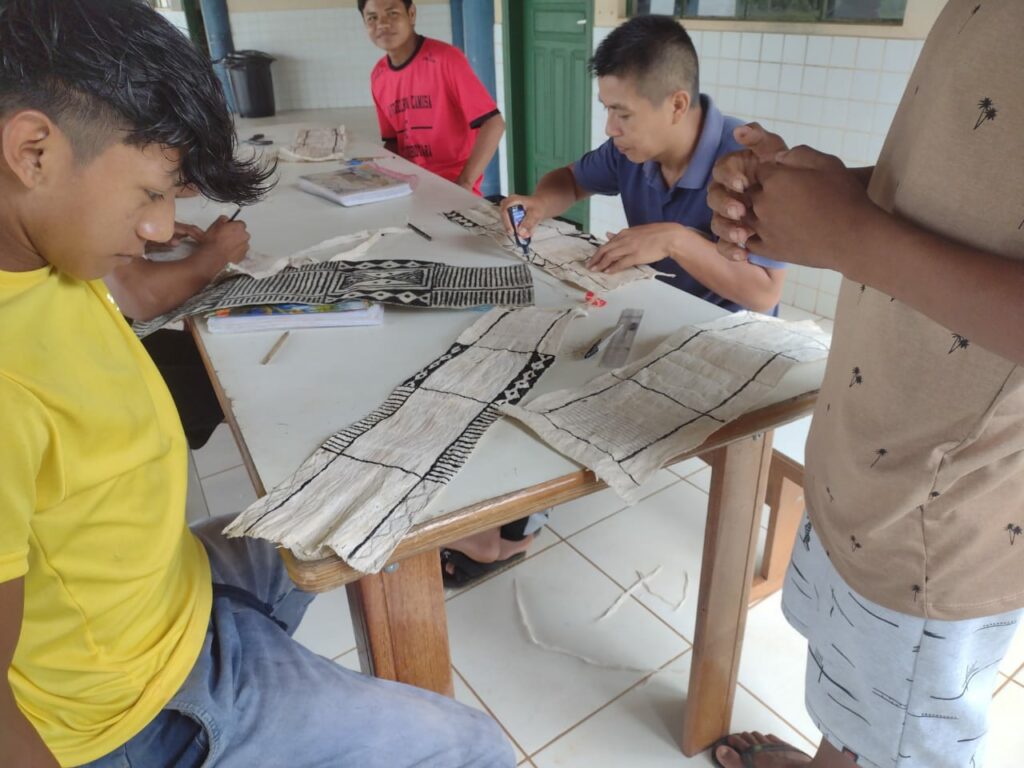
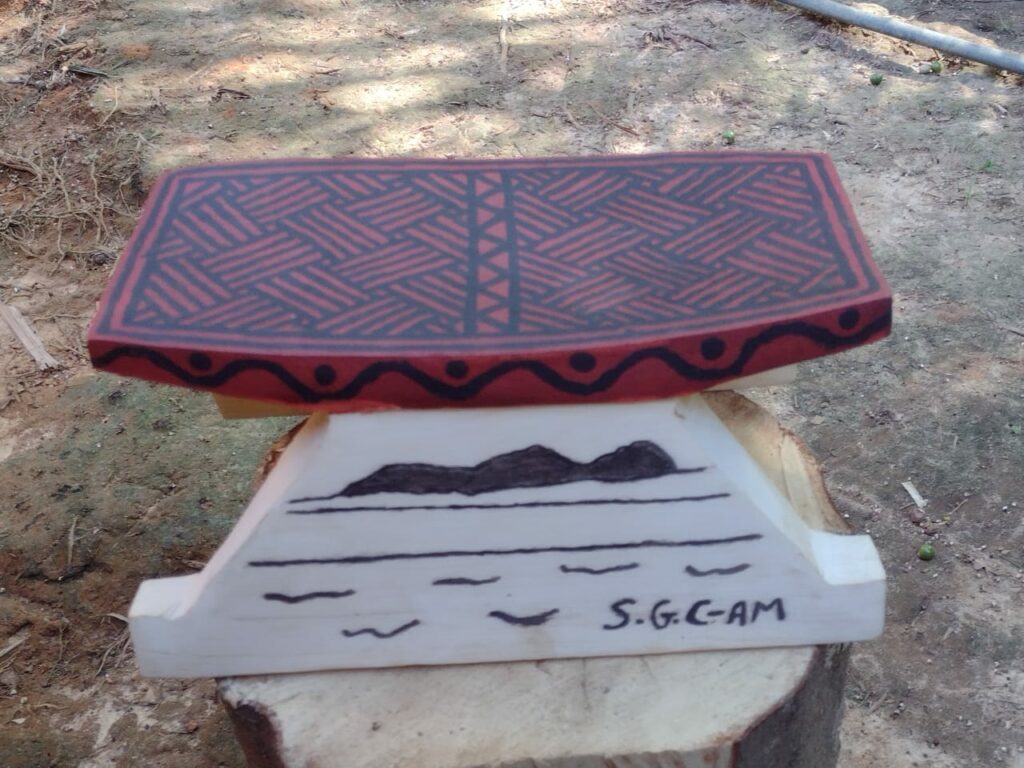
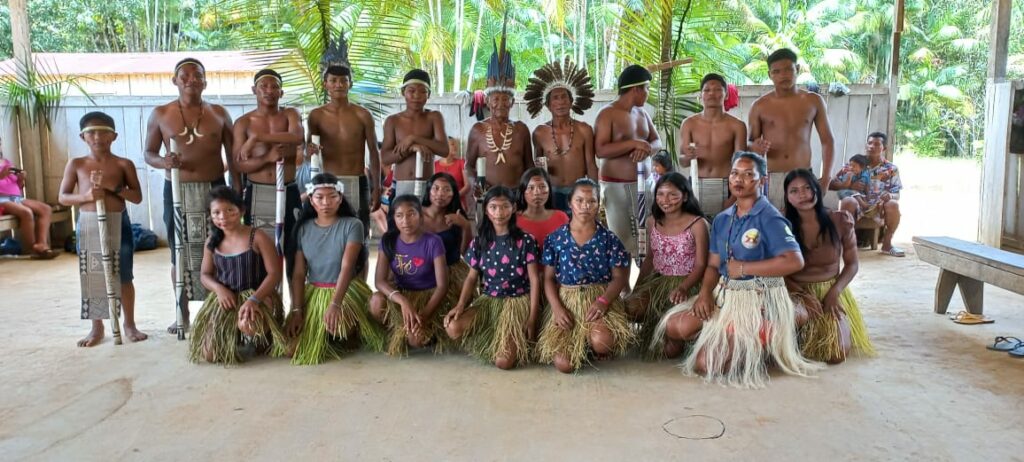
Geovani’s Family and the Origin of the Territory
Fifty years ago, the Balaio community was established by pioneers such as Geovani’s father, who arrived there with the first families. Since then, their journey has been marked by struggles and resistance.
“We faced challenges and attempts at displacement, but our determination kept us strong and united to this day. We received crucial support from the military, and this external support has been essential in driving our sustainability initiatives and strengthening our community.”
Geovani Desana
There are four distinct indigenous communities living together in Balaio, each with its own culture and way of life. The Desana and Tukano peoples, for example, share a rich variety of traditions, crafts, and ancestral knowledge that enrich their cultural identity.
Geovani comes from a lineage that exemplifies the cultural diversity of the community. His father, from the Desana ethnic group, and his mother, from the Tukano ethnic group, represent the harmonious merging of different traditions and ways of life. His grandmother, a centenarian, is a living treasure of ancestral wisdom, whose stories and experiences have shaped our community over the decades.
“My father says that we came in search of good opportunities to support our family. Before, our people needed to move constantly, seeking food and a safe place to live and sustain our families. When my father and grandfather arrived here, my grandmother, who is now nearing 100 years old, found an ideal place with endless fertile lands. Since then, our livelihood has been based on hunting and fishing.”
Geovani Desana
Preserving and Sharing Indigenous Culture
In Geovani’s community, there is a deep appreciation for culture and traditions. The knowledge houses, where the community gathers, are carefully maintained, and a medicinal plant garden is cultivated to preserve and utilize the vast healing knowledge of the forests. The commitment to reviving and transmitting the language and cultural practices is also evident in the schools and various community initiatives within the territory.
“Nowadays, due to the influence of white culture, our young people no longer want to be indigenous; they want to be part of the modern world. They forget their language, no longer want to speak it, and are no longer interested in their culture. Today, we work hard to revive our culture and language. We put a lot of effort into the schools, the community, and with the parents. We all work together on this.”
Geovani Desana
For the Desana people, the land is more than just a home; it is a sanctuary of biodiversity and spirituality. Here, each day is a celebration of life, marked by traditional dances, festivals, and rituals that keep the connection with the land and each other alive. Whether on sunny days or under the rainforest rain, the community thrives with the beauty of its history and the vigor of its culture.
Resilience in Times of Adversity: The Impact of COVID-19
During the COVID-19 pandemic, the Balaio community faced significant challenges. It was in this context that Geovani led the initiative to establish a medicinal garden there, a project that not only strengthened their ability to care for health but also reinforced their connection with nature and the healing traditions of these peoples. The medicinal plants grown there are not just remedies but symbols of resistance and adaptation to modern adversities.

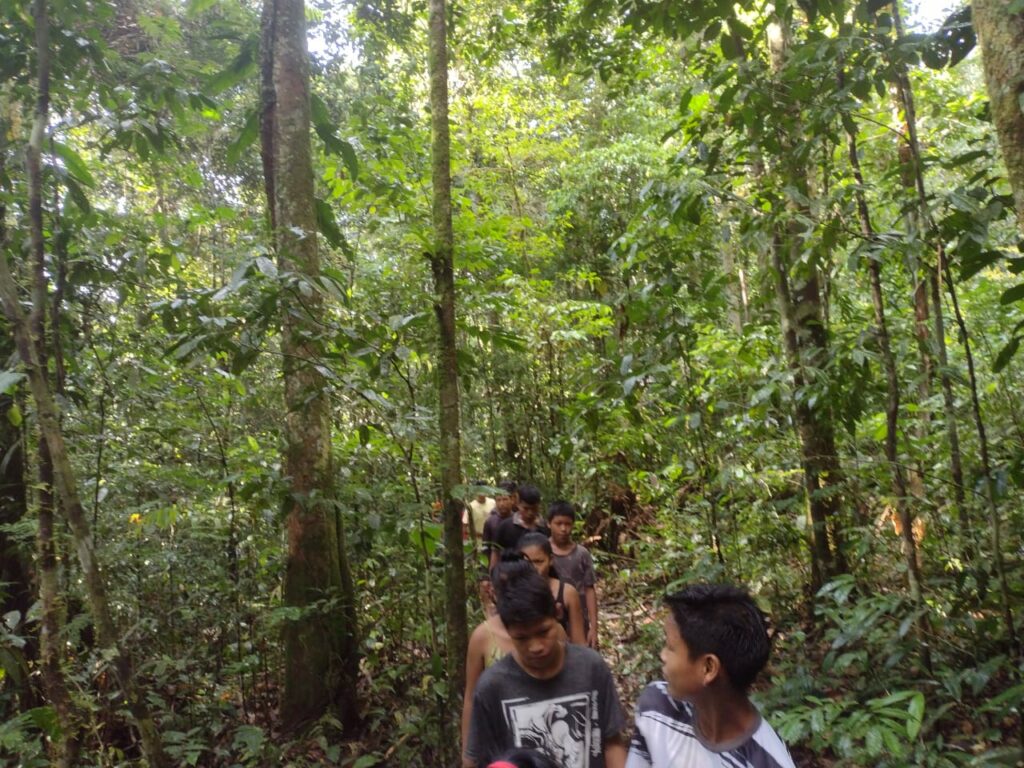
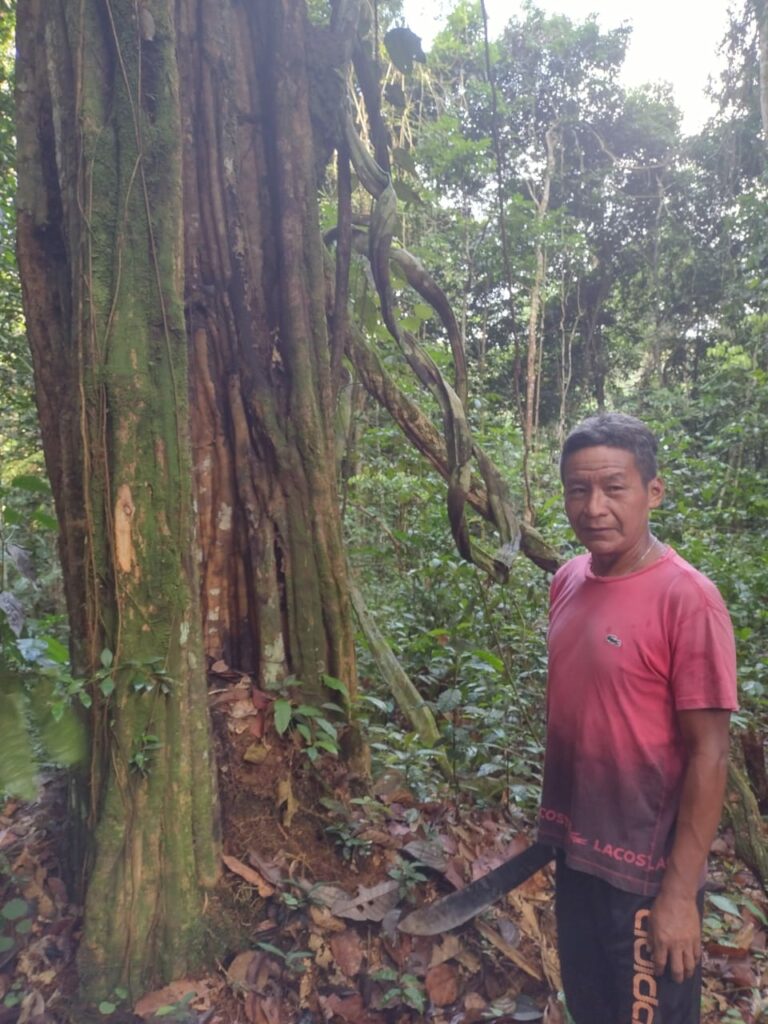
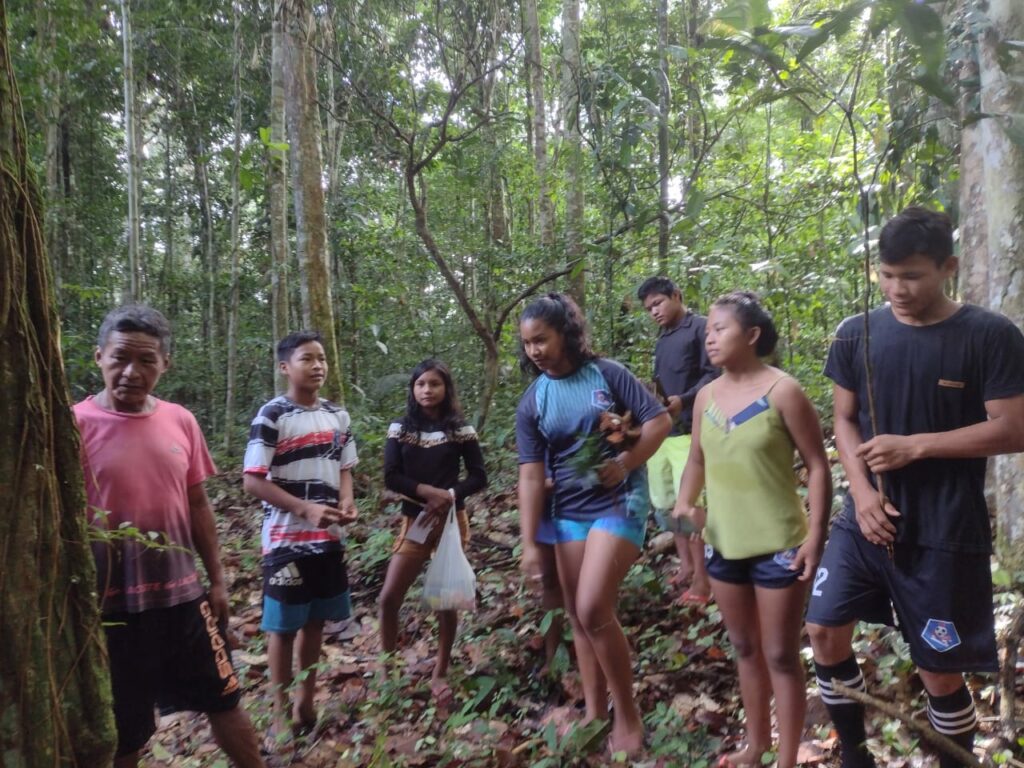
“In the garden near our knowledge house, we plant a variety of medicinal plants, because nowadays we use these natural remedies much more. People from outside come to us in search of these plants. One that stood out to us during the pandemic was saracura. At the beginning of the lockdown, I was studying in São Gabriel, and our family isolated separately. We received saracura, a very effective traditional remedy, from my parents, and fortunately, we had no deaths from COVID-19 in our community during that period.”
Geovani Desana
That’s when they decided to formalize the medicinal garden project, which was approved and continues to be active. As part of this project, they created a medicinal plant trail through the forest. When someone from outside visits the community, they present this trail and explain each plant, its uses, and who should avoid it, as not everyone can use them. Additionally, they highly value the knowledge of the chiefs and experts. Some diseases that have no cure in Western traditional medicine can be treated with indigenous knowledge.
“This medicinal plant project has been essential for our community. We have specific remedies for snake bites and other needs. This knowledge and practice are fundamental to our survival and well-being. We greatly value this knowledge, and the community always strives to preserve and pass on this wisdom.”
Geovani Desana

A Legacy of Resilience and Wisdom
The story of the Balaio Indigenous Land and its inhabitants is a powerful testament to resilience, wisdom, and dedication to ancestral traditions. Geovani’s journey and his tireless efforts in promoting education and sustainability are an inspiration to all of us, reminding us of the importance of preserving and valuing indigenous cultures and their unique knowledge.
Your donation can have a positive impact on the world!
Subscribe to receive our Newsletter!
Find us also at Linkedin, Facebook, Twitter or Instagram
www.meli-bees.org
❤️


One Reply to “From the Mist to the Lakes: The Fascinating Balaio Indigenous Land”